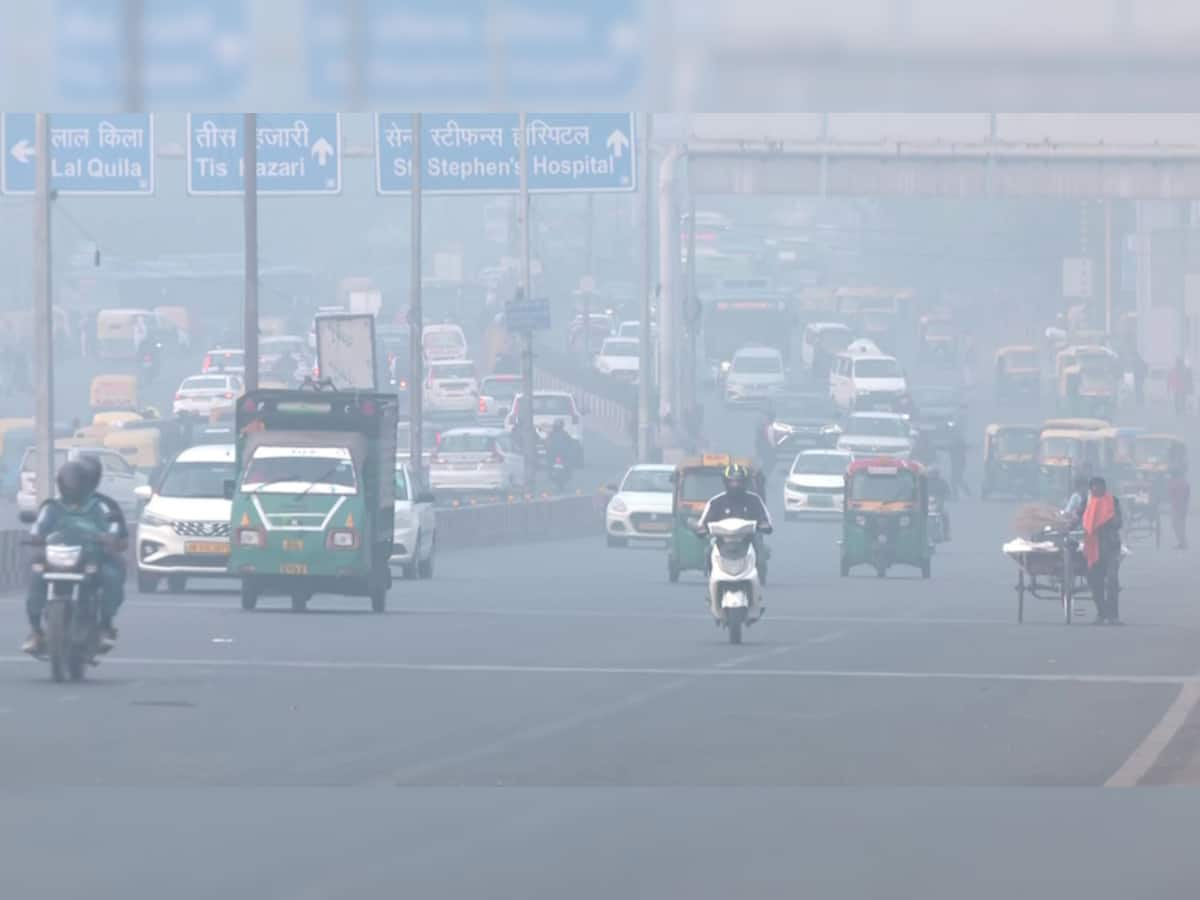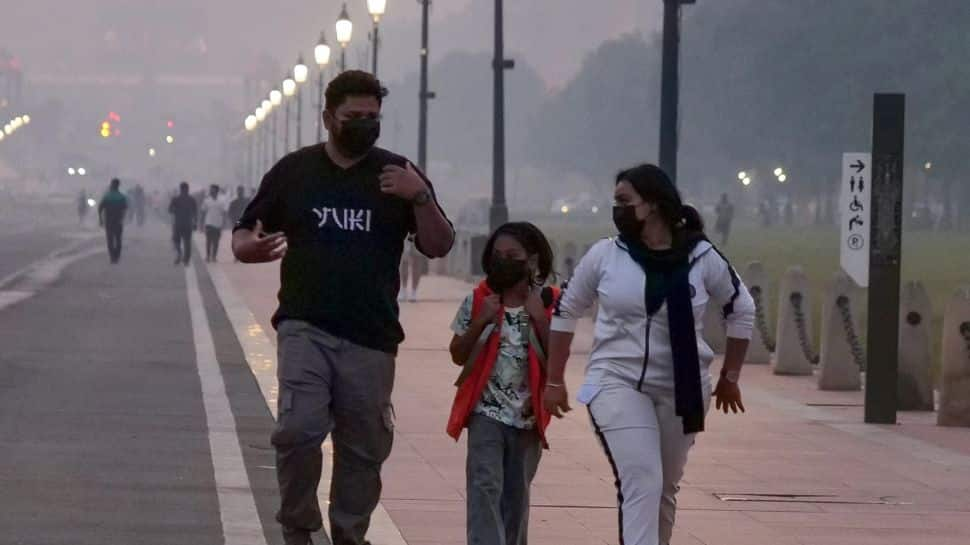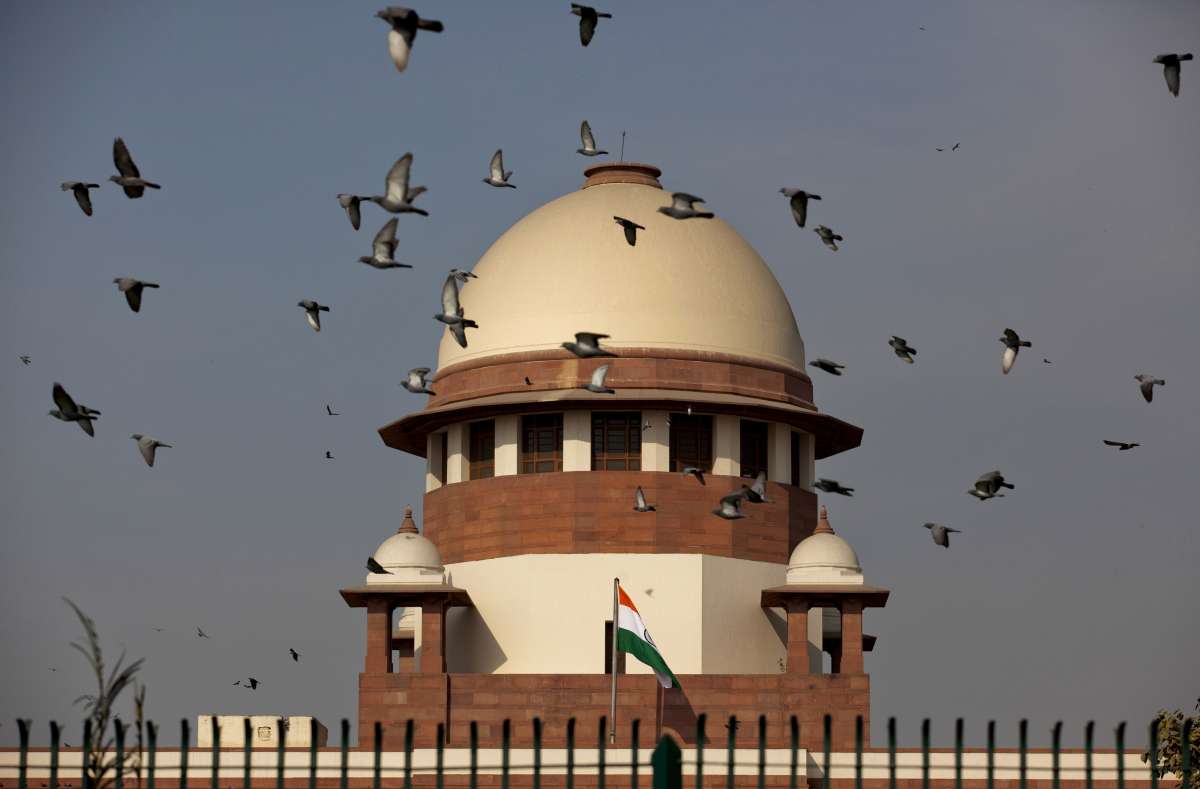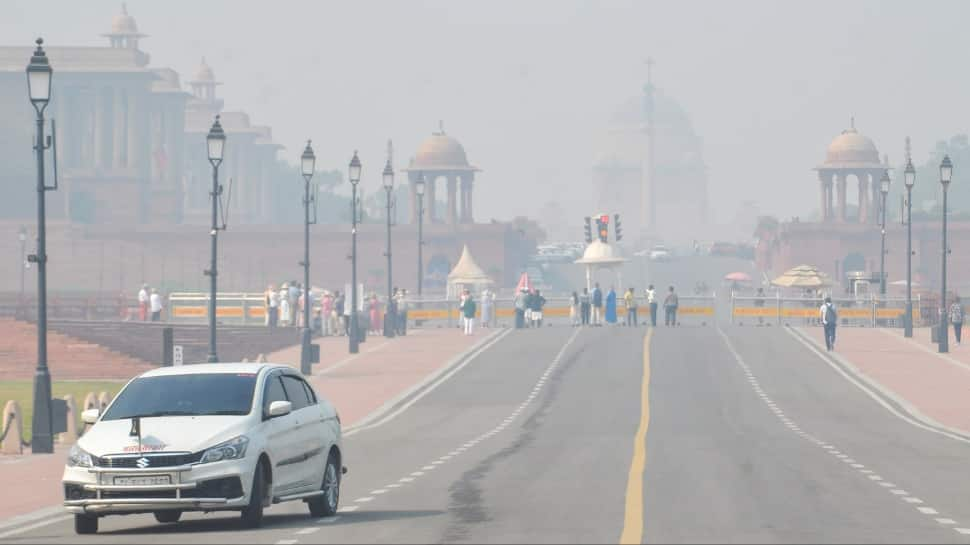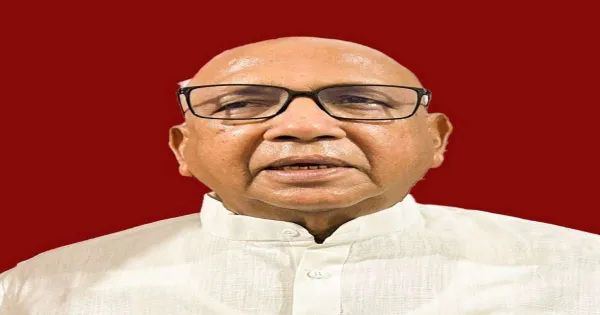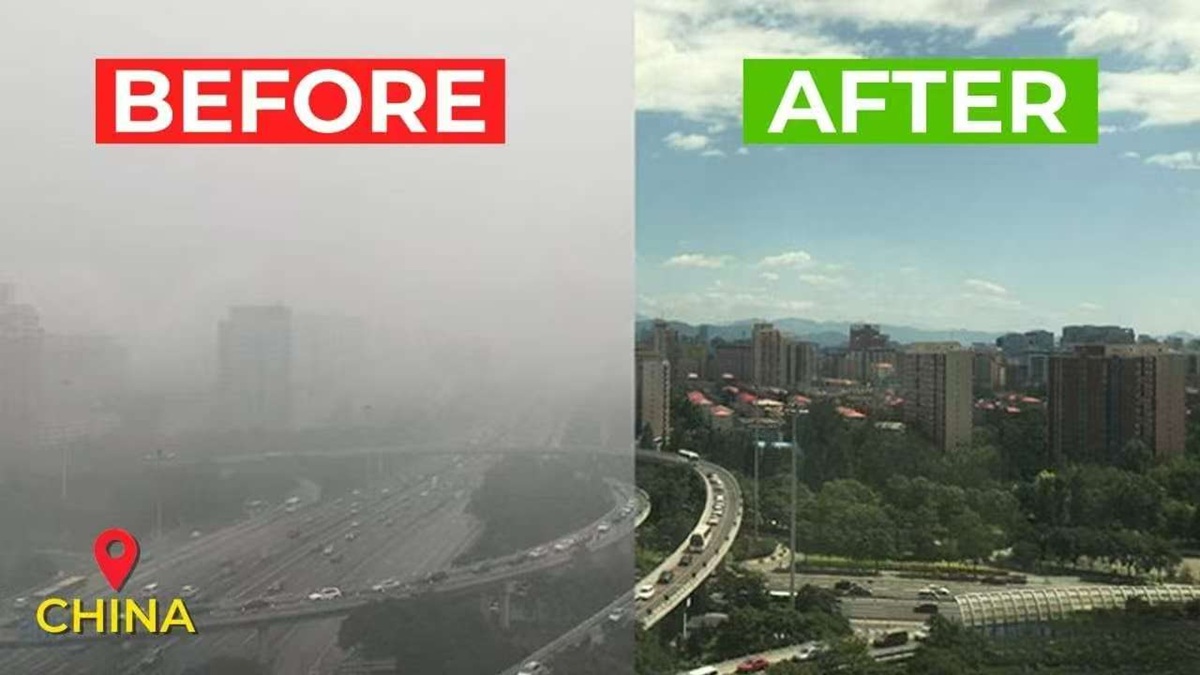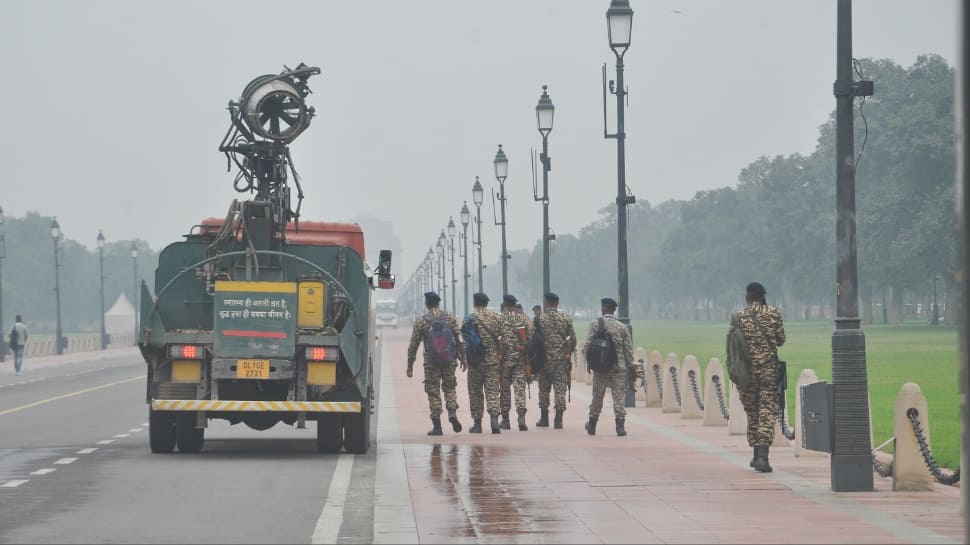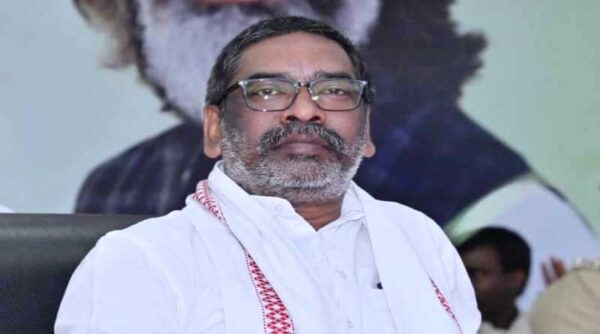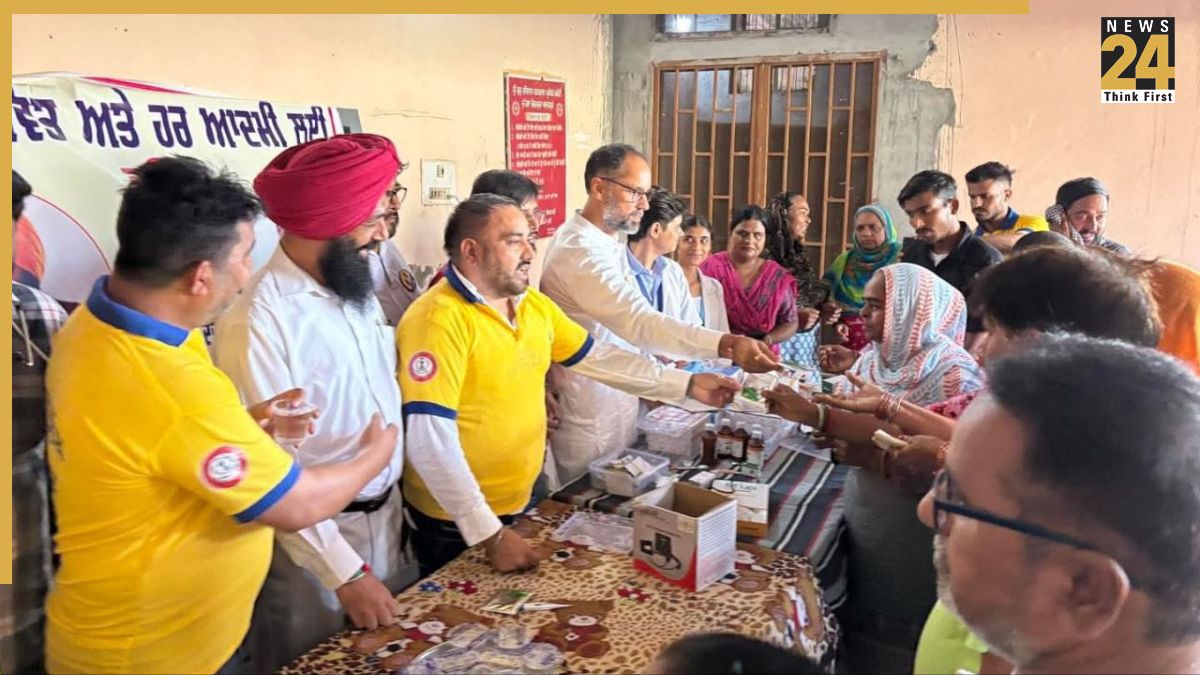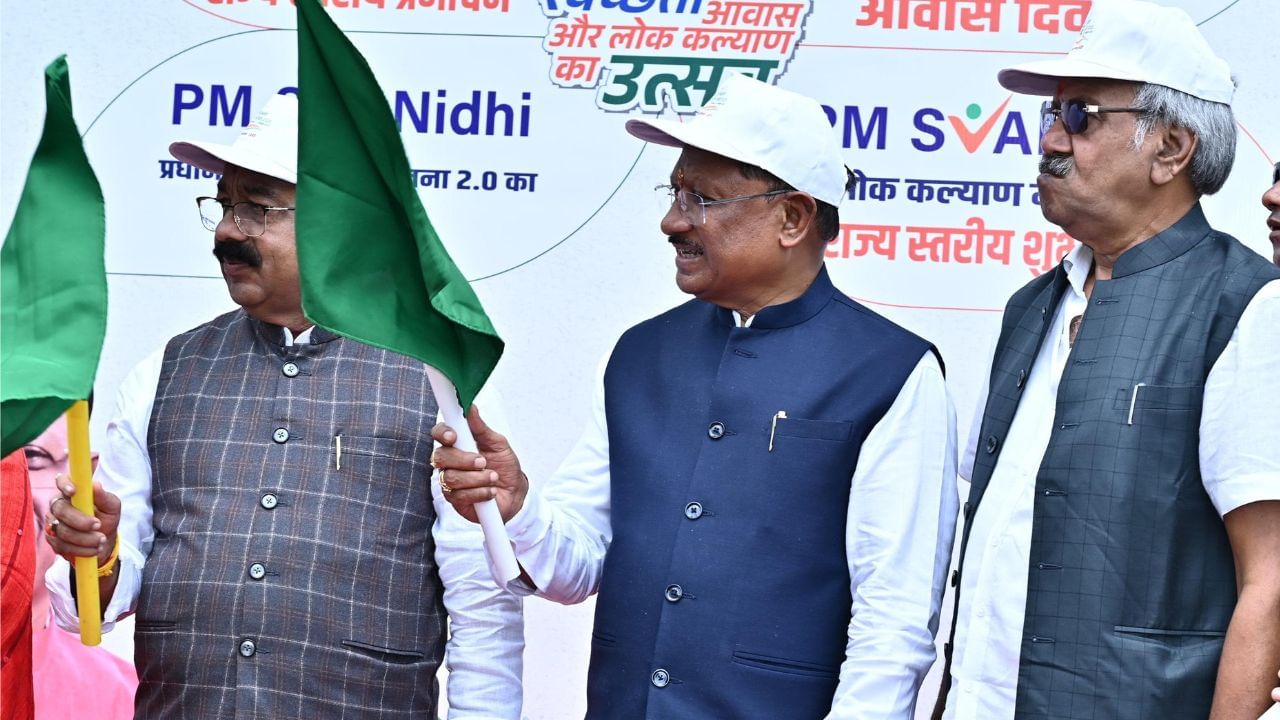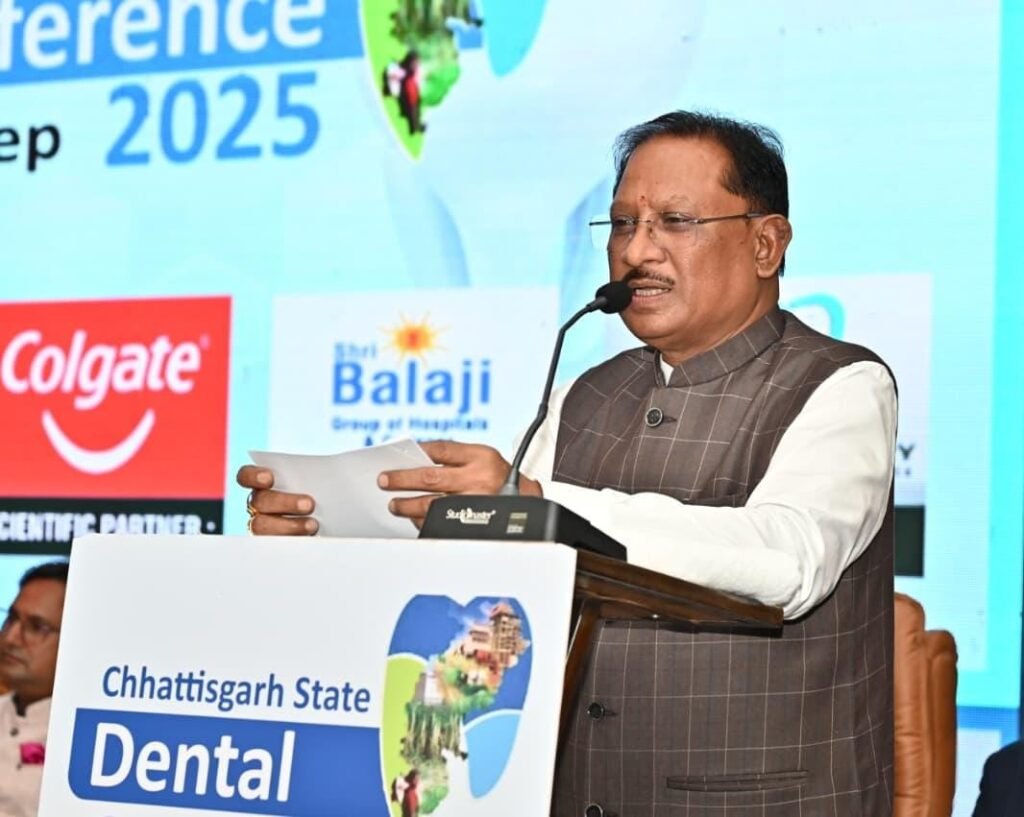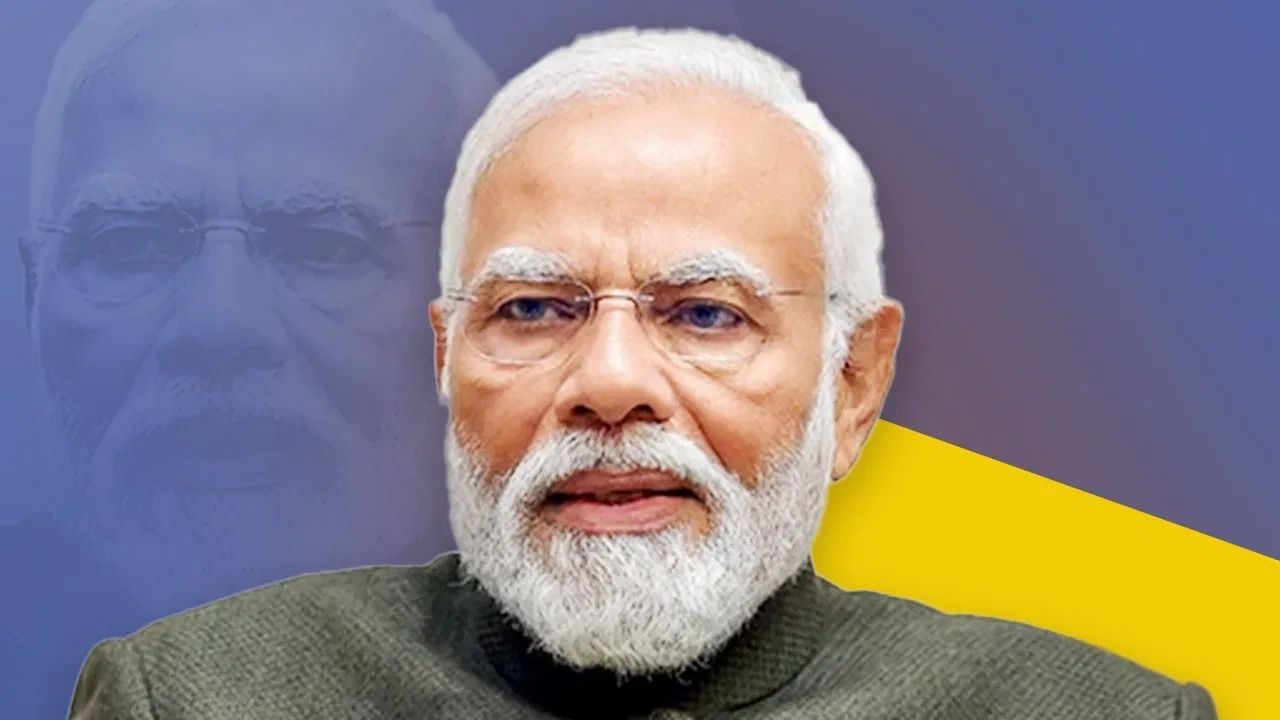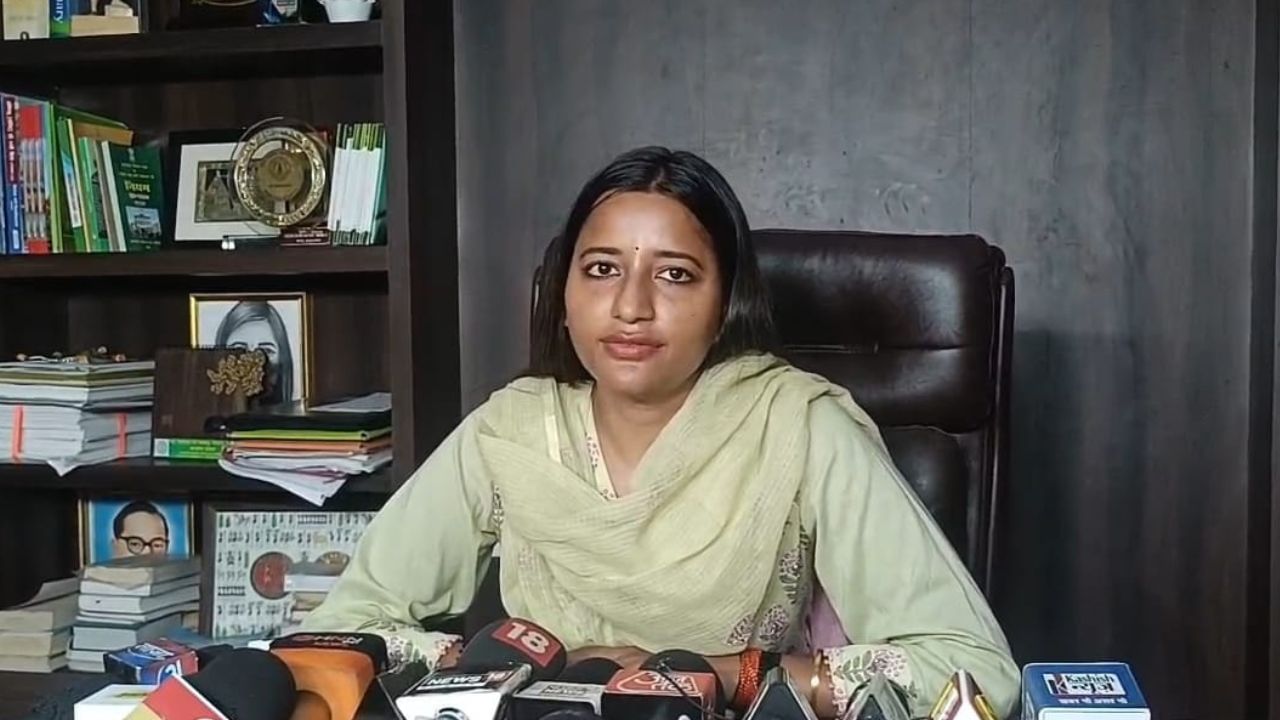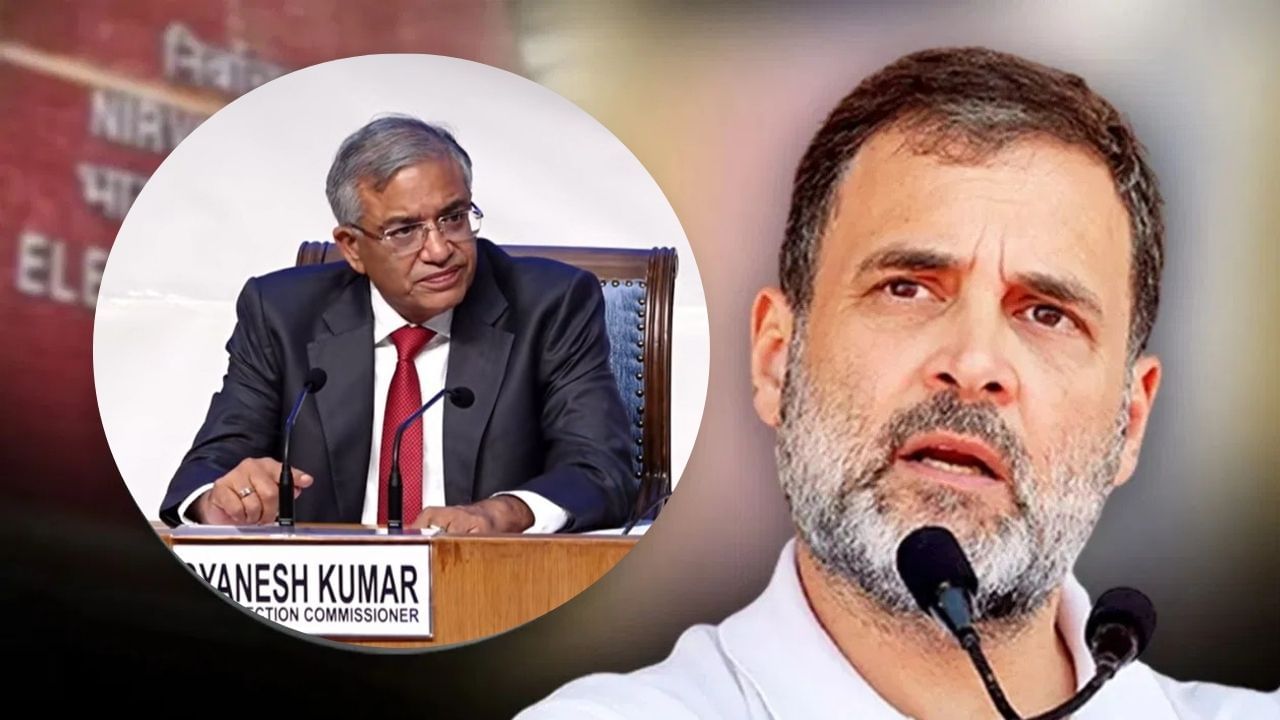Subscribe to Updates
Get the latest creative news from FooBar about art, design and business.
Browsing: Public Health
A tragic incident has left a community reeling after a young child succumbed to death following an injection administered by an unlicensed…
Delhi’s air quality has plunged into the ‘severe’ category for the first time this season, with the Air Quality Index (AQI) soaring…
Jamshedpur MLA Sarju Rai has raised serious concerns regarding the water supply at the new Dimna campus of MGM Hospital and Medical…
Delhi is once again grappling with severe winter smog, a persistent issue exacerbated by crop burning from neighboring states and widespread emissions…
Delhi’s air quality has deteriorated significantly, with many areas falling into the ‘very poor’ and ‘poor’ categories. Responding to the alarming pollution…
In a significant move demonstrating zero tolerance for administrative apathy, the Chief Minister of Jharkhand has ordered the immediate suspension of the…
Bollywood star Deepika Padukone has been appointed as the inaugural Mental Health Ambassador by the Union Ministry of Health and Family Welfare.…
The alarming rise in water-borne disease cases in Bavdhan continues to concern residents and authorities. Pune Municipal Corporation (PMC) officials confirmed on…
A one-day tobacco cessation training program was conducted on Wednesday in the presence of Dr. Sushanto Kumar Majhi, District Civil Surgeon of…
Under the leadership of Chief Minister Bhagwant Mann, the Punjab Government has demonstrated its commitment to public health and safety during the…
Health Women, Empowered Families Campaign and National Nutrition Month to Launch in Chhattisgarh
The ‘Swasth Nari, Sashakt Parivar Abhiyan’ (Healthy Woman, Empowered Family Campaign) will commence in Chhattisgarh, coinciding with National Nutrition Month. The initiative,…
The ‘Swasth Nari, Sashakt Parivar Abhiyan’ (Healthy Woman, Empowered Family Campaign) and the National Nutrition Month 2025 will commence in Chhattisgarh, aligning…
Chief Minister Vishnu Deo Sai inaugurated the ‘Swachhta Hi Seva 2025’ fortnight on the occasion of Prime Minister Narendra Modi’s birthday. The…
Why is the Pakistani government vaccinating 10 million underage girls with the HPV vaccine?
The Pakistani government has decided to administer the HPV vaccine to 10 million underage girls. According to the health ministry, the initial…
Chief Minister Vishnu Deo Sai declared that the government is committed to realizing the vision of a developed Chhattisgarh, prioritizing the health…
Preparations are underway to celebrate Prime Minister Narendra Modi’s birthday in a special manner. The Bharatiya Janata Party (BJP) has decided to…



